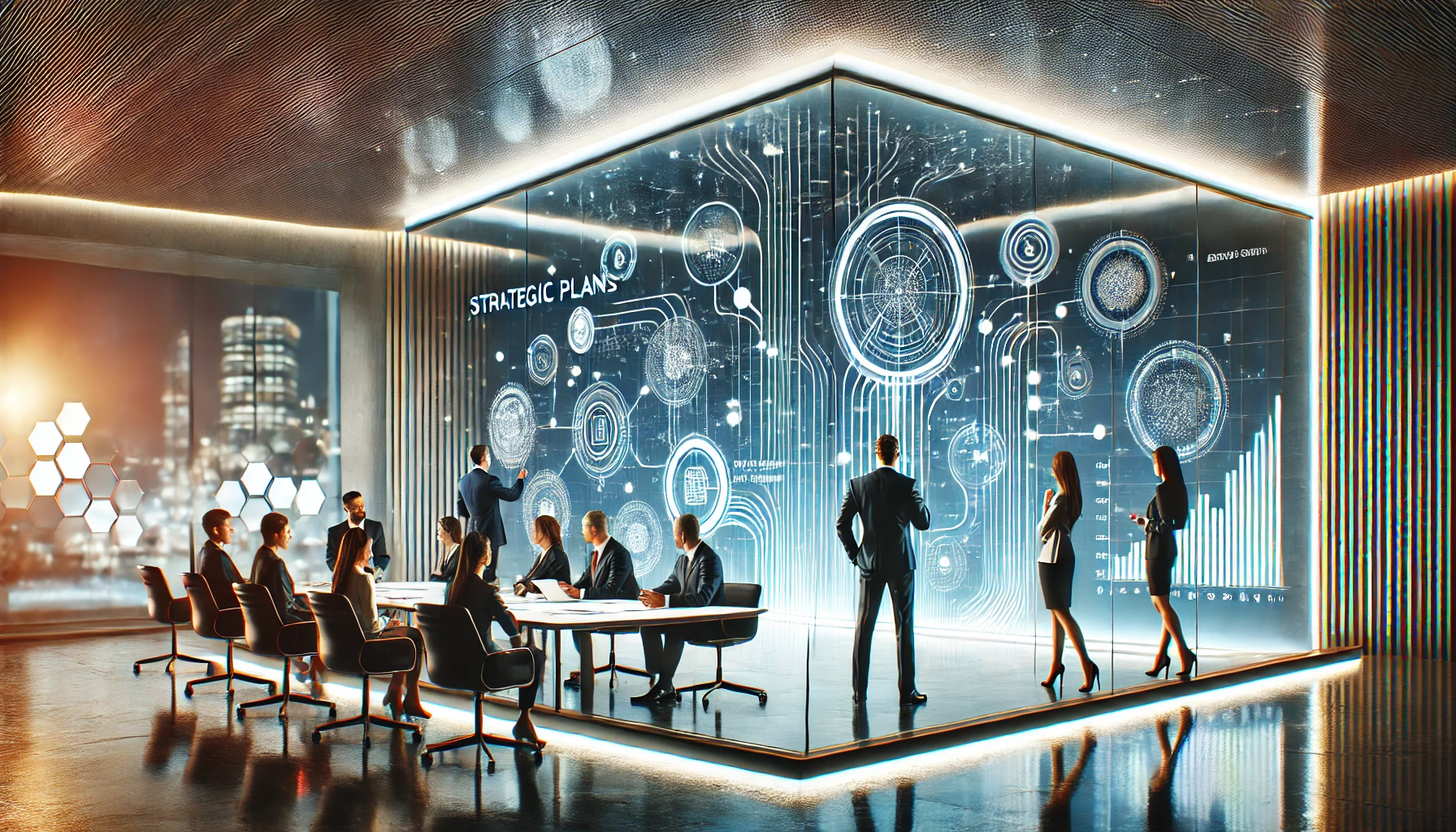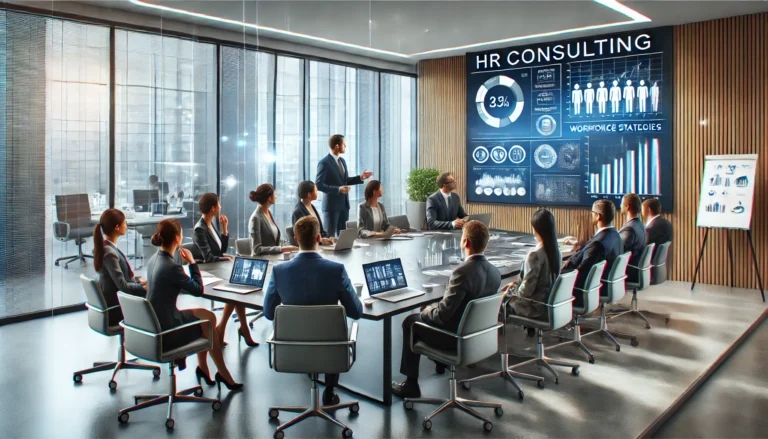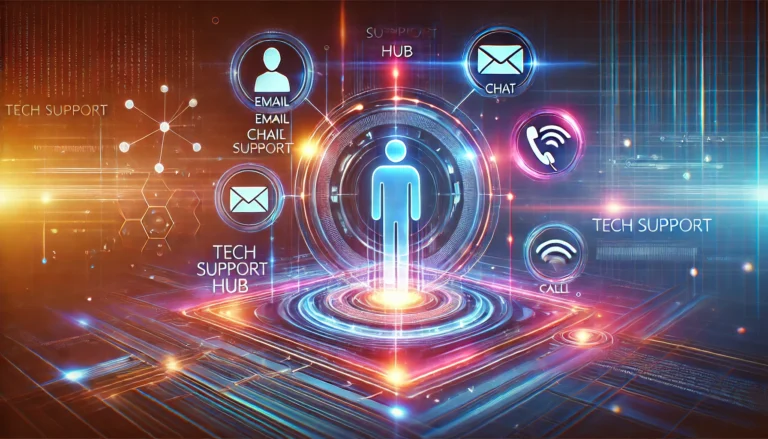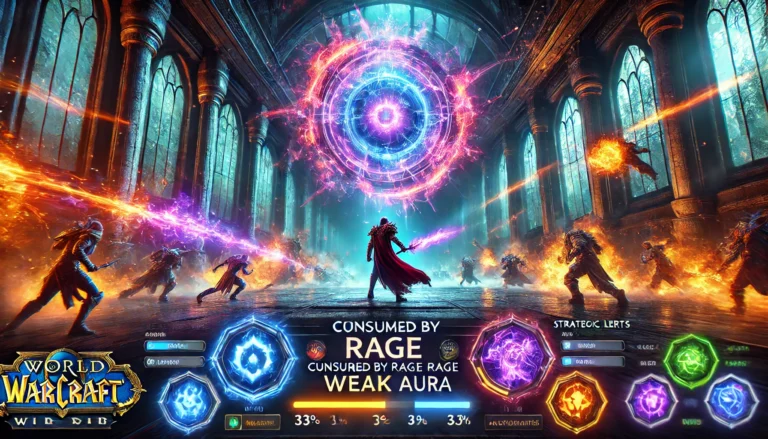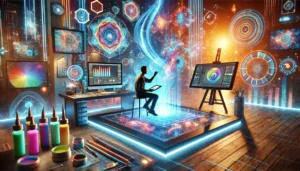Introduction
In the world of strategic planning, organizations are constantly looking for methods to help them envision the future and then work backward to achieve their goals. One such method that has gained popularity over the years is back casting. In this article, we will explore what a back casting room is, its significance, how it works, and how organizations can utilize this approach for long-term success. We’ll also look at its history, benefits, challenges, and best practices for setting up a back casting room.
What Is a Back Casting Room?
A back casting room is a dedicated space where organizations can engage in backcasting—a strategic planning process that helps them envision a desired future state and work backward to identify the steps needed to reach it. This contrasts with traditional forecasting, which predicts future outcomes based on current or historical data. Instead, backcasting starts with a vision of a future that an organization wants to achieve, and then identifies the actions and strategies that will lead to that future.
The back casting room can be physical or virtual, depending on the organization’s needs, but the focus is always on collaboration, creativity, and problem-solving. In this room, teams engage in brainstorming, scenario planning, and system thinking to design a roadmap for success.
Historical Background of Backcasting
Backcasting has its roots in operations research and systems thinking, particularly from the work of pioneers like John B. Robinson and Dennis Meadows in the mid-20th century. They used backcasting methodologies in the context of sustainability and long-term planning. The idea was to approach challenges from the future’s perspective, helping organizations focus on long-term goals rather than short-term, incremental improvements.
Over time, backcasting has been used across various fields, from urban planning and environmental sustainability to business strategy and technology forecasting. The rise of sustainability goals, such as the UN’s Sustainable Development Goals (SDGs), has further popularized the method.
Key Principles of Backcasting
While backcasting may vary depending on the industry or project, several key principles remain consistent:
1. Future Visioning
The first step in any backcasting process is to establish a compelling vision of the future. This vision should be clear, specific, and inspiring—whether it’s a carbon-neutral future, a breakthrough product, or a thriving community. A clear vision acts as the guiding light for every decision that follows.
2. Scenario Building
Once the vision is defined, the next step is to develop different scenarios that outline various ways the desired future could unfold. Scenario building helps teams explore different possibilities, identify potential obstacles, and consider alternative pathways.
3. Identifying Pathways
After building scenarios, the next task is to identify the most feasible pathways that will lead to the vision. This process involves understanding the gaps between the present and the desired future, and determining the actions needed to bridge these gaps.
How Does a Back Casting Room Work?
In a back casting room, the process is typically collaborative, involving key stakeholders, experts, and decision-makers. The room itself is designed to foster creativity and innovation. Depending on the scope, the process can take anywhere from a few hours to several weeks. Here’s a breakdown of the usual steps involved:
Step 1: Establish the Vision
The first activity in the back casting room is to create a vision of the desired future. This vision should be bold yet realistic, inspiring but grounded in practical considerations. It should challenge current assumptions and encourage thinking beyond conventional limits.
Step 2: Build Scenarios
Once the vision is in place, the team works on creating multiple scenarios that explore different ways of achieving that future. These scenarios could be based on different strategies, resources, or even unforeseen disruptions. It’s important to consider both optimistic and pessimistic scenarios to cover a wide range of possibilities.
Step 3: Identify Key Milestones
Next, teams break down the long-term vision into short-term and medium-term milestones. These milestones serve as stepping stones on the path to the future. For each milestone, teams identify the specific actions, resources, and timeframes required.
Step 4: Plan and Execute
Finally, the team creates a detailed action plan with specific steps to achieve each milestone. This involves delegating tasks, establishing deadlines, and ensuring the required resources are available. Execution is where the real work begins, and continuous monitoring ensures progress toward the future vision.
The Role of Technology in Back Casting Rooms
As technology evolves, so too does the role of back casting rooms. In the past, backcasting was often a manual, paper-based process. Today, however, there are digital tools and software that can assist in scenario planning, forecasting, and data visualization.
Tools like simulation software, system dynamics models, and digital collaboration platforms can enhance the back casting room experience. These technologies allow teams to simulate different scenarios, test assumptions, and track progress in real-time, making it easier to pivot or adjust plans as needed.
Benefits of Using a Back Casting Room
- Fostering Long-Term Thinking: By focusing on a desired future, backcasting encourages organizations to look beyond immediate challenges and focus on what’s truly important in the long run.
- Clarity of Vision: A backcasting room helps crystallize the vision of the future, ensuring that all team members are aligned with the end goal and the necessary steps.
- Creative Problem Solving: The process of scenario building fosters creative thinking, helping teams come up with innovative solutions to achieve their objectives.
- Mitigating Risk: Backcasting helps organizations prepare for uncertainties and potential risks by considering a range of future scenarios.
- Increased Collaboration: The backcasting room encourages teamwork and collaboration, ensuring that multiple perspectives are taken into account.
Challenges of Backcasting
- Complexity of the Process: Backcasting requires a high level of expertise, coordination, and time investment. It can be challenging for organizations without a dedicated team or resources.
- Uncertainty: Since backcasting is based on future scenarios, it is difficult to predict exactly which pathway will lead to the desired future. This uncertainty can be frustrating for decision-makers.
- Resistance to Change: Employees and stakeholders may resist the idea of working backward from a future vision, especially if the current path seems to be working fine. Overcoming this resistance requires strong leadership and communication.
Best Practices for Setting Up a Back Casting Room
Setting up a back casting room is more than just arranging furniture or setting up a digital platform. Here are some best practices to keep in mind:
- Create a Collaborative Space: Whether physical or virtual, the room should encourage open dialogue, brainstorming, and problem-solving.
- Involve Key Stakeholders: Ensure that all relevant stakeholders, including decision-makers, experts, and creatives, are involved in the process.
- Use the Right Tools: Invest in the right software and tools to facilitate scenario planning, data analysis, and progress tracking.
- Encourage Open-Mindedness: Foster a culture of innovation and creativity, where unconventional ideas are welcomed.
- Iterate Regularly: Backcasting is not a one-time event; it should be an ongoing process that is revisited and revised as conditions change.
Conclusion
A back casting room is a powerful tool for organizations that want to strategically plan for the future. By starting with a vision of the desired future and working backward, organizations can identify the necessary steps, resources, and actions to get there. With the right processes, tools, and mindset, a backcasting room can help transform long-term dreams into actionable goals, driving success in an ever-changing world.
Frequently Asked Questions (FAQs)
Q1: What is the main difference between forecasting and backcasting?
Forecasting uses past and present data to predict future outcomes, while backcasting starts with a desired future and works backward to determine the necessary actions to achieve it.
Q2: Can backcasting be used in all industries?
Yes, backcasting can be applied in any industry, from business and technology to sustainability and urban planning. It is especially useful for long-term, transformative goals.
Q3: How long does a backcasting session typically last?
The duration can vary depending on the scope of the project. A session can range from a few hours for smaller projects to several weeks for larger, more complex goals.
Q4: What are the key tools used in a backcasting room?
Tools like simulation software, system dynamics models, and digital collaboration platforms are often used to support the backcasting process. These help with scenario planning, forecasting, and data analysis.

